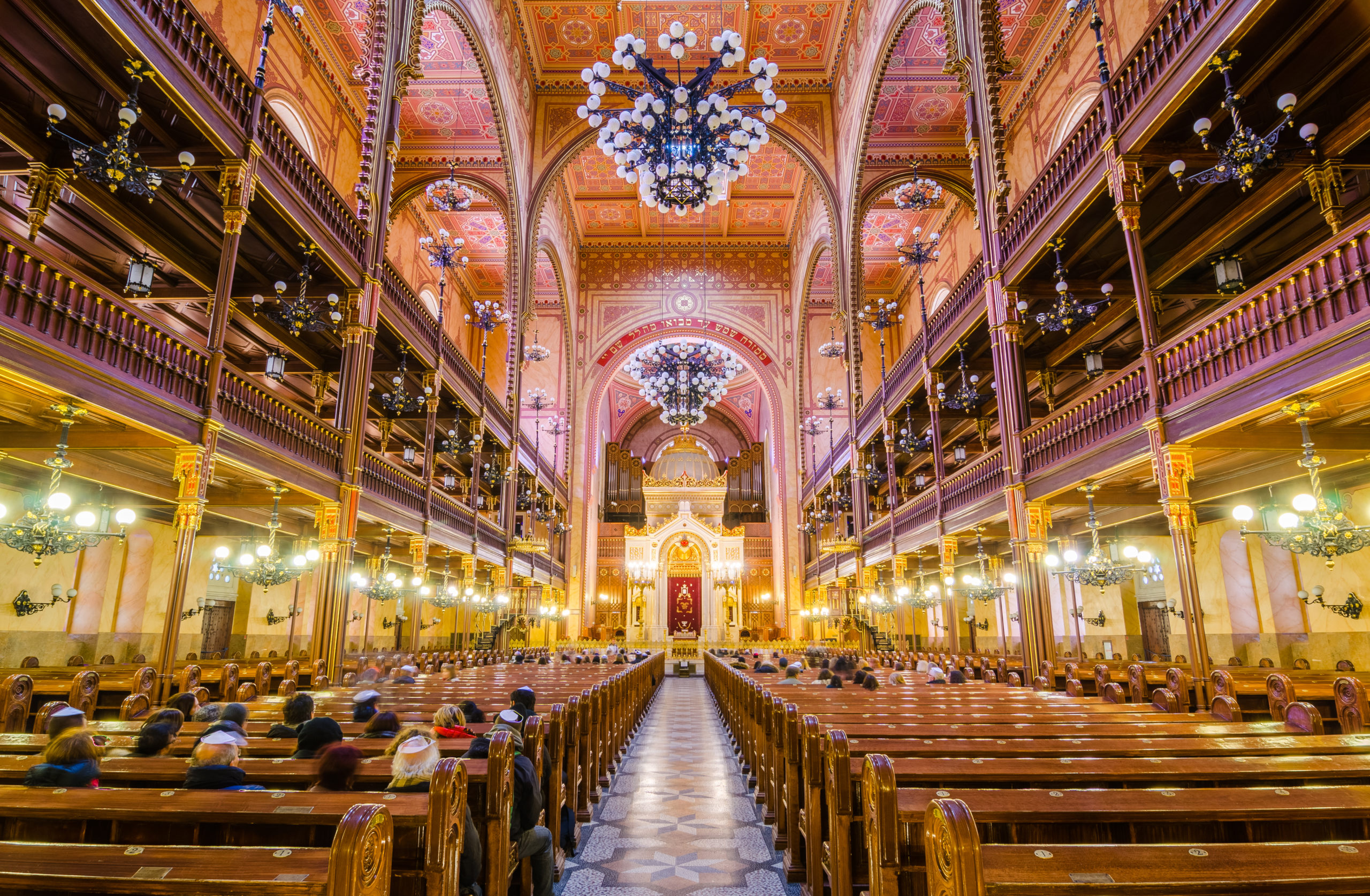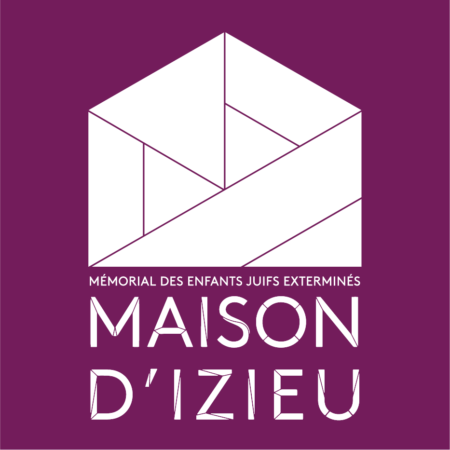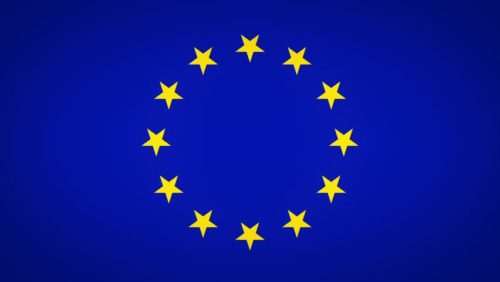Izieu House
The Izieu House is both a place of memory and a museum where can be discovered :
- THE HOUSE, a place of memory where the children and their educators lived, with drawings, letters and portraits;
- THE MUSEUM WITH THREE PERMANENT EXHIBITION SPACES where numerous accessible contents on the history of the Shoah during the Second World War, international criminal justice and the construction of memory can be found.
- THE TWO TEMPORARY EXHIBITION SPACES:
- The orchard hosts open-air exhibitions.
- The Zlatin Gallery contains original documents and collections as well as portraits of the children and adults of the colony created by the artist Winfried Veit.
History
In 1987, the trial of Klaus Barbie in Lyon allowed several historical actors of the Izieu colony to meet more than forty years after the events: Sabine Zlatin, founder of the colony in 1943, Pierre-Marcel Wiltzer, former sub-prefect of Belley, Gabrielle Tardy (Perrier, from her maiden name), a teacher at the colony, Léon Reifman, a doctor, Paulette Pallarés, who helped the educators during the summer of 1943, and some of those who, as children, were welcomed at the colony (Paul Niedermann, Samuel Pintel, Hélène, Bernard and Adolphe Waysenson, etc.) or their families (Fortunée Benguigui, Alexandre and Ita-Rose Halaunbrenner etc.).
The “Children of Izieu Memorial Museum” association was officially created on March 4, 1988.
Its first board of directors, led by Sabine Zlatin and Pierre-Marcel Wiltzer, included local elected officials and representatives of the State, the National Office for Veterans and Victims of War, and the Representative Council of Jewish Institutions in France.
The association set itself the goal of opening an educational memorial on the site of Izieu.
In July 1990, thanks to a national subscription, the association acquired the house that housed the colony. The President of the Republic, François Mitterrand, included the project of a museum dedicated to the children of Izieu in the program of Great Works.
On April 24, 1994, the President of the Republic, François Mitterrand, inaugurated the “Memorial Museum of the Children of Izieu”.
Since 2000, the association has been called “Association of the House of Izieu, Memorial of the exterminated Jewish children”.
On April 6, 2015, the President of the Republic, François Hollande, inaugurated the Sabine and Miron Zlatin building and the new permanent exhibition at the Izieu House.
The Izieu House is today a place of welcome and awakening to vigilance which intends to deliver, through the memory of the children and educators of the Izieu Colony, a universal message and act against all forms of intolerance and racism.
Aims
A place of history and memory of the children in the Shoah, the Izieu House has become a place of reference for fighting all forms of discrimination and a place of reflection on the crime against humanity. The mission of the Izieu House is to:
- Perpetuate the memory of the 44 Jewish children, their directors and educators, deported on April 6, 1944, as well as that of all the children who, with the active complicity of the French State, were victims of Nazi barbarism, and to pay tribute to all those who came to their aid, particularly the fighters of the Resistance.
- Inform and educate, through study, reflexion and pedagogy, all audiences, especially young people, about the crime against humanity and the circumstances that gave rise to it.
- Open a reflection on memory and its stakes and to make the link between history, memory and transmission.
- Maintain links of collaboration and exchange with comparable institutions in France and abroad.
- Continue to make the Izieu House a place of reflection on the notion of humanity and respect for differences in a secular and republican spirit.
Activities
More than 15,000 students are welcomed each year at the Izieu House.
The discovery of the Maison d’Izieu fits naturally into the History-Geography-EMC programs and also echoes the teaching of French, modern languages, art and philosophy. It is integrated into the new programs of the specialization “history-geography, geopolitics and political science” and particularly into theme 3 “History and memories” of the Terminale class.
In view of the themes addressed, it is advisable to accompany students from CM1 onwards. The visits and activities are always adapted to the level of the classes.
Take a guided tour: the house and the permanent exhibition
The Izieu House organizes a guided tour of the house and the permanent exhibition for all school groups.
A mediator accompanies the students to help them discover the history and memory of the place while trying to make them actors of the visit. They are permanently invited to read, question, exchange and participate in the work of memory carried out by the memorial team.
In addition to the history of the “colony of refugee children of the Hérault” placed in its context (Vichy France, the antisemitic policy and the collaboration in the “final solution”, their impact on the families of the children of Izieu), the visit allows for the discussion of questions of justice (around the crimes against humanity and the Nuremberg and Klaus Barbie trials) and of memory (in particular, based on the memorial plaques and steles present on the site).
Follow a participatory workshop at the Izieu House
In addition to the guided tour of the memorial site (house and permanent exhibition), elementary, middle and high school students can deepen their visit during a participatory workshop.
Divided into small groups, the students are led to build their knowledge from the archives, video excerpts (film fictions, testimonies), artistic supports (music, poetry, painting…) and the exchanges that they will have among themselves and with the animator. At the end of the workshop, a time of restitution and discussion is generally planned. Depending on the theme chosen, the students can leave with their productions (maps tracing the routes, posters, digital exhibition…).
Different themes, historical or civic, are proposed :
4th, 5th, 6th grade :
- Daily life at the Izieu colony
- The families’ journey
- Discriminations and children’s rights
From 7th to 9th grade :
- Resist, judge, remember
- Stereotypes, prejudices and discriminations
From 9th grade :
- How is the history of the children of Izieu written?
- Diversity of families
- Antisemitic policy of the Vichy government and collaboration in the “final solution”
- From racism to the “final solution”, Nazi Germany and occupied Europe (1933-1945)
- Nazi concentration camp system (1933-1945)
- Shoah and cinema
- Art and the Shoah
- Mass crimes and international justice
- Preparation for the National Resistance and Deportation Contest
- Tour in the footsteps of the Kaufman family, a Jewish family in the war
- Tour on the traces of the colony in its environment
From 10th grade :
- The stakes of testimony through the destiny of Paul Niedermann
- Antijudaism, antisemitism, antizionism and negationism
- Justice and memory: the trials and the Izieu roundup (Nuremberg, Bourdon, Barbie)
Senior students – HGGSP speciality (History-Geography, Geopolitics, Political Science):
- Justice and Memory Circuit
Take a workshop from your facility :
- The little historians
- Intervention in schools
Meet artists :
Plastic arts: Roman Kroke accompanies the creation of objects of memory
Theater: Dominique Lurcel presents “Les Rouquins” by Jean-Claude Grumberg with the Compagnie Passeurs de mémoire
Cinema: Frederika Smetana presents her film, “Denise and Marco



 NOA is co-funded by the Rights, Equality and Citizenship Programme (2014-2020) of the European Union
NOA is co-funded by the Rights, Equality and Citizenship Programme (2014-2020) of the European Union